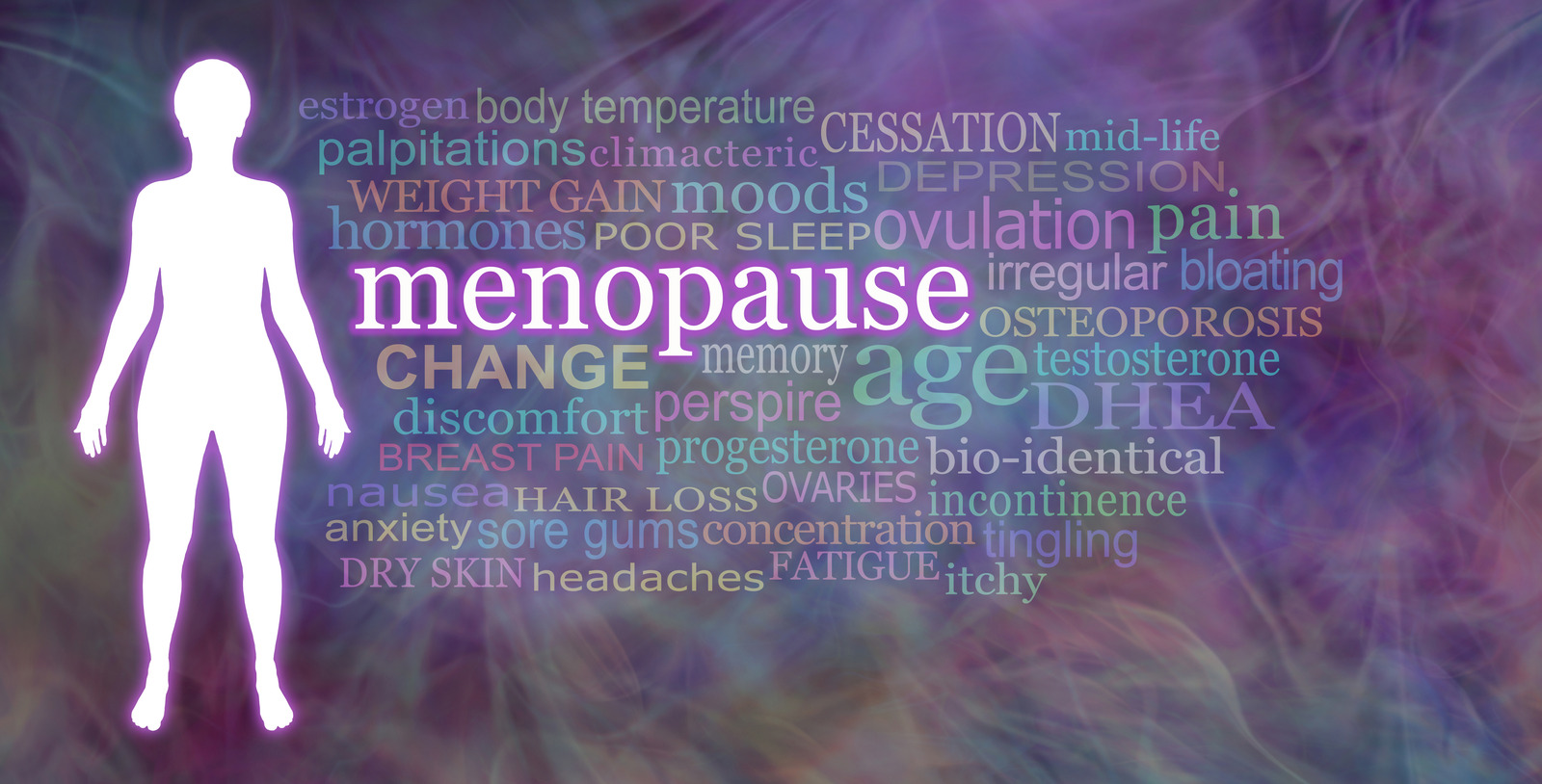Perimenopause V Menopause how do I know the difference?

Menopause officially marks the end of female reproduction. Although this life stage is well known there are actually different stages within the menopause that are important to recognize and understand.
Menopause officially occurs when you stop having periods.
Perimenopause is defined as “around menopause” its also known as the menopause transitional phase called such because it happens before menopause.
Although both parts of the same overall life transition perimenopause and menopause have differences in terms of symptoms and treatment options.
Premenopause V Perimenopause
Premenopause is when you have no symptoms of going through perimenopause or menopause. You will have periods (whether they are regular or not) and are considered to be in your reproductive years. Some hormonal changes may be occurring but there are no noticeable changes in your body.
However, during perimenopause, you will start to experience symptoms of menopause, for example, changes in your period cycle, hot flushes, sleep disturbances or mood swings.
Perimenopause occurs well before you officially reach menopause. Women enter this stage 8 to 10 years ahead of menopause. This happens during your late 30’s up until your mid 40’s.
Perimenopause is marked by a drop in estrogen which is the female hormone produced by the ovaries. Estrogen levels can go up or down more sporadically than normal. Which can cause irregular periods as well as other symptoms? During pregnancy, the placenta is responsible for the secretion of estrogen.
Progesterone is produced by the ovaries, placenta and adrenal glands.
During the final stages of perimenopause, your body will produce less and less estrogen. Despite the sharp drop in estrogen its still possible to get pregnant. This phase of menopause can last from between a few months to 4 years.
So menopause officially kicks in when the ovaries produce so little estrogen that eggs are no longer released. This also causes your periods to stop. Your doctor can diagnose this when you have not had a period for a year… or so they say.
Early menopause can be bought on by
- Smoking
- Having a hysterectomy
- Family history of early menopause
- Having undergone cancer treatments
- And I personally think stress…
Symptoms of Peri-Menopause
- Irregular periods
- Heavy periods
- Worse PMS before periods
- Breast tenderness
- Weight gain
- Hair changes
- Increase in heartbeat
- Headaches
- Loss of sex drive
- Brain fog
- Forgetfulness
- Muscle ache
- Urinary tract infection
- Fertility issues
As estrogen drops may well start signs of menopause (which can also start peri-menopause)
- Hot flushes
- Night sweats
- Depression
- Anxiety
- Mood swings
- Insomnia
- Fatigue
- Dry skin
- Vaginal dryness
- Frequently urinating
Perimenopause and menopause can also increase cholesterol levels. That’s why post-menopause women are at a higher risk of heart disease. Therefore it is imperative that levels are checked every year.
Testosterone in Women
¼ produced in ovaries
¼ produced adrenal gland
½ produced in peripheral tissues
Symptoms of a deficiency in women are mainly sexual desire. This is often characterized by a decrease in sexual thoughts and fantasies as well as actions.
Also muscle weakness. That’s why if you had polycystic ovaries you could probably lift heavier weights than someone without PCOS. And also you may have experienced additional facial hair etc. This is because of the increase in testosterone.
All of this information has been derived from research regarding the menopause. To research this further can we suggest the following website: https://www.nice.org.uk/guidance/ng23
You can also find various contact information here
